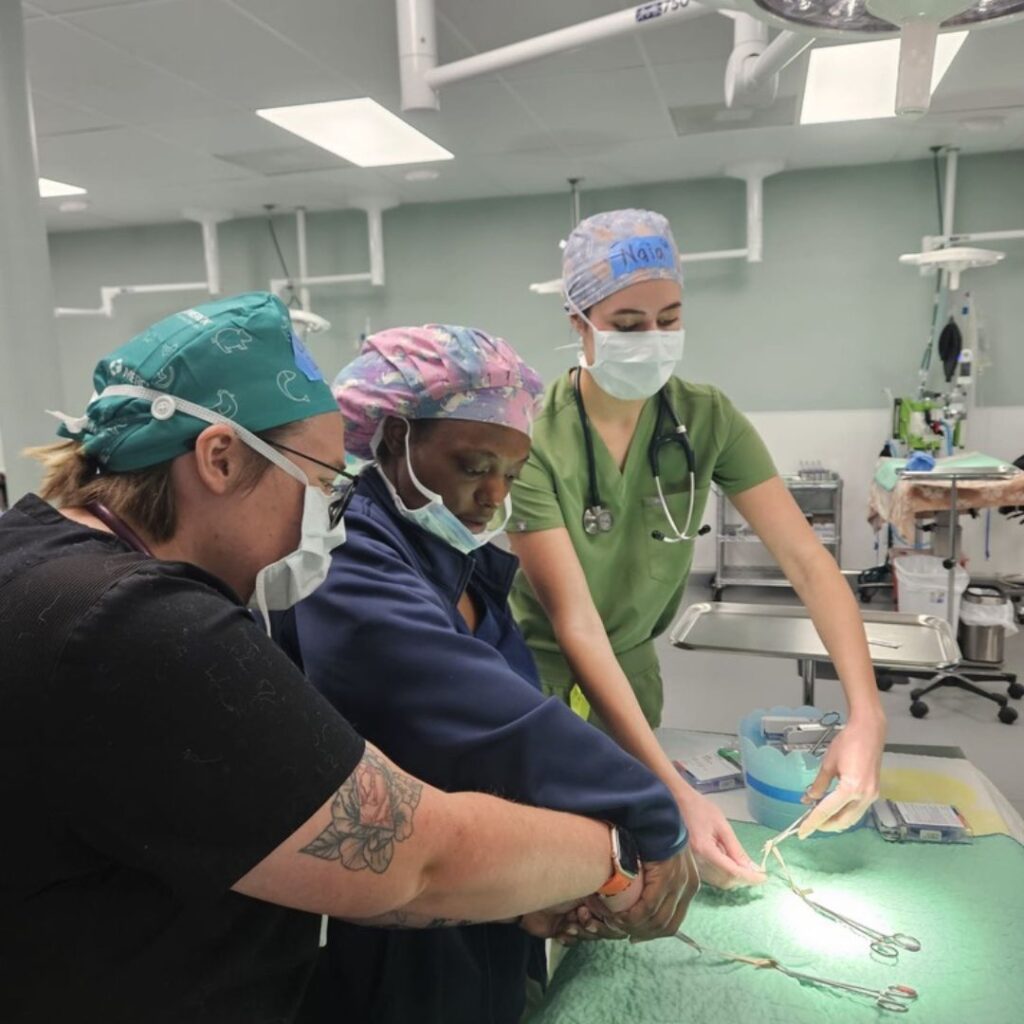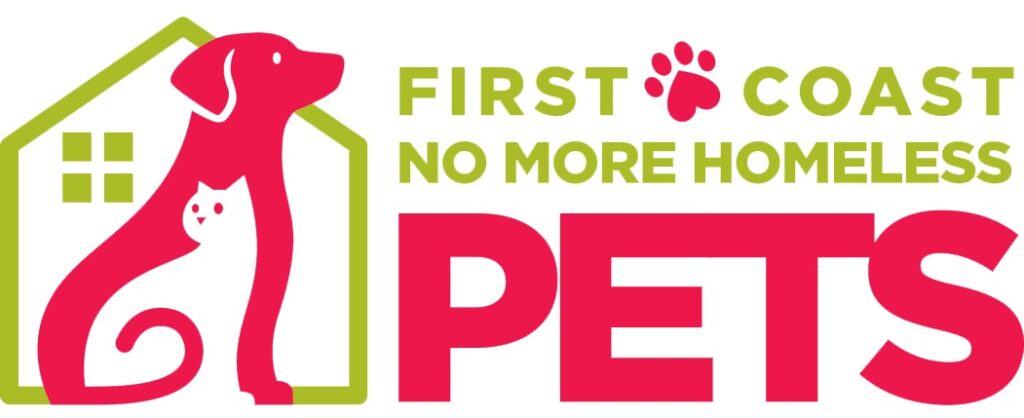POST-OPERATIVE CARE
Your pet’s health and comfort are our top priorities—even after they leave our clinic. Proper post-operative care is essential for a smooth, safe recovery following surgery. Whether your dog or cat has been spayed, neutered, or undergone another procedure, this page will guide you through everything you need to know to support their healing at home. From monitoring incisions to managing activity levels and recognizing signs of complications, we’re here to help every step of the way.


FAQ
1. How do I keep my pet from licking or biting the incision site?
Licking or biting the incision can cause infection or open the wound. We recommend using an e-collar (cone) or a surgical recovery suit to prevent your pet from reaching the area. These are available at most pet stores or through our clinic.
2. Is it normal for my pet to be sleepy or act differently after surgery?
Yes, it’s common for pets to be drowsy or quieter than usual for the first 24–48 hours after surgery due to the effects of anesthesia. If lethargy lasts longer than two days or is accompanied by vomiting, diarrhea, or loss of appetite, please contact us.
3. What should the incision look like during healing?
The incision should be clean and dry with minimal swelling or redness. A small amount of bruising or clear discharge is normal. If you notice excessive redness, bleeding, pus, or a bad odor, contact the clinic immediately.
4. How much activity is too much during recovery?
Limit your pet’s activity for at least 7–10 days after surgery. Avoid running, jumping, rough play, or long walks. Crate rest or keeping your pet in a small, quiet space can help prevent injury or incision complications.
5. When should I bring my pet back for a follow-up?
Unless otherwise instructed, routine spay/neuter surgeries typically don’t require a follow-up visit. However, if you notice anything unusual or have concerns during recovery, don’t hesitate to call us. We’re happy to provide guidance or schedule a recheck if needed.
